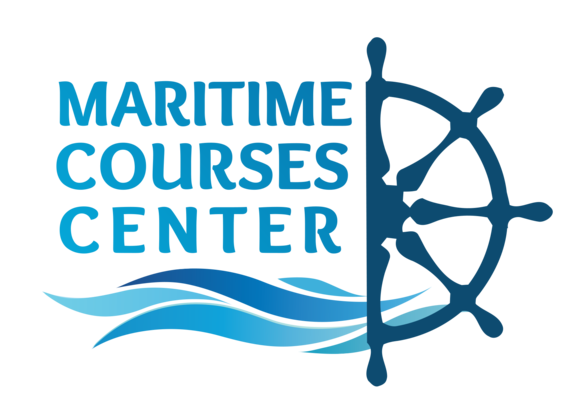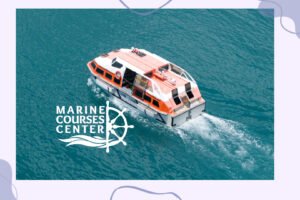
Navigating Safety: A Closer Look at Maritime Aids to Navigation
Table of Contents

An Essential Guide to Maritime Safety Maritime Aids to Navigation
When it comes to maritime safety, there are several key elements that ensure the smooth sailing of ships and the protection of our marine environment. In Malaysia, aids to navigation play a vital role in these efforts. With over 4,500 kilometers of coastline, Malaysia has implemented a comprehensive system of lighthouses, beacons, and buoys to guide ships safely through its waters.
Lighthouses in Maritime Aids to Navigation
The Malacca Lighthouse, built in the mid-1800s, stands as a testament to Malaysia’s long-standing commitment to maritime safety. Today, there are 40 lighthouses strategically located along the coastline. Equipped with radar technology, these lighthouses provide ships with crucial guidance to navigate their way to their destinations.
Beacons in Maritime Aids to Navigation
Beacons are permanent structures that mark navigational channels, rocks, shoals, and other hazards. These structures serve as important visual aids for seafarers, ensuring safe passage through treacherous areas. With their precise locations, beacons provide crucial information to ships, allowing them to navigate with confidence.
Buoys in Maritime Aids to Navigation
Buoys, on the other hand, are floating devices anchored to the seabed. These devices, bound with chains, mark the boundaries of navigational channels, shipwrecks, anchorage areas, and other potential dangers. Their bright colors and distinctive shapes serve as visual cues to alert ships of potential hazards and guide them safely on their journey.
The Role of Technology in Maritime Safety Maritime Aids to Navigation
Maritime safety is not just about physical structures, but also about leveraging technology to enhance navigation. The Marine Electronic Highway Demonstration Project (MEH Project) is a collaborative effort between Indonesia, Malaysia, and Singapore, supported by international organizations such as the International Maritime Organization (IMO) and International Hydrographic Organization (IHO).
The MEH Project aims to protect the marine environment, ensure the safety and security of marine traffic, and establish sustainable funding for these initiatives. Through the use of advanced technologies, including electronic navigation charts and vessel traffic management systems, the MEH Project aims to create a safer and more sustainable maritime environment.
Keeping Ships Safely on Course Maritime Aids to Navigation
In addition to aids to navigation, Malaysia has implemented a Traffic Separation Scheme (TSS) in the Straits of Malacca. This scheme is designed to reduce the risk of close quarter situations between ships, enhancing the safety and efficiency of marine traffic.
Under the TSS, ships are guided along designated navigation routes determined by the Marine Department of Malaysia. By separating ships and ensuring they follow predetermined paths, the TSS minimizes the risk of collisions and improves overall navigational safety in the busy straits.
With its comprehensive system of aids to navigation, advanced technology initiatives like the MEH Project, and the implementation of the Traffic Separation Scheme, Malaysia is committed to ensuring the safety, security, and sustainability of its waters. These efforts not only benefit seafarers and ship traffic but also protect the fragile marine environment, ensuring a brighter future for all.
What role do aids to navigation play in ensuring maritime safety in Malaysia?
Aids to navigation, including lighthouses, beacons, and buoys, are essential for guiding ships safely along Malaysia’s coastline.
How many lighthouses are currently positioned along Malaysia’s coastline and what purpose do they serve?
There are 40 lighthouses strategically placed along Malaysia’s coastline. They use radar technology to provide ships with crucial guidance for safe navigation.
What is the purpose of beacons in maritime aids to navigation?
Beacons are permanent structures that mark navigational channels, hazards, and rocks. They serve as visual aids, ensuring ships can navigate safely through challenging areas.
How do buoys contribute to maritime safety, and how are they different from other navigation aids?
Buoys are floating devices anchored to the seabed. They mark navigational boundaries, hazards, and anchorage areas. Their distinct colors and shapes visually alert ships to potential dangers.
What is the Marine Electronic Highway Demonstration Project (MEH Project), and how does it enhance maritime safety?
The MEH Project is a collaboration between Indonesia, Malaysia, and Singapore, supported by international organizations like IMO and IHO. It employs advanced technologies such as electronic navigation charts and vessel traffic management systems to create a safer and more sustainable maritime environment.
best website to find position of ship MARINE TRAFFIC
The Importance of Lifeboat Markings Ensuring Safety and Compliance at Sea
Leave A Reply
You must be logged in to post a comment.



2 Comments